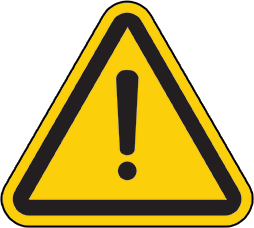07 Mar Why Does My Flame Look Different When I First Turn It On?
During Colonial times, a massive hearth and chimney served as the focal point for the home, providing heat during the winter months. There were small coal-burning fireplaces for heating rooms during the Victorian era, and after the Second World War, a brick hearth, square in shape, anchored every home in the 20th century. Gas fireplaces have now become the standard for both new homes and remodels, and play a significant role in the types of heating systems that are used today. At Kozy Heat, we can recommend the best gas fireplace for your home.
Beginning Flame
When a flame is turned on, it may appear blue in color. This may be temporary and caused by a few factors: particles in the air such as dust, or an incomplete combustion, which refers to a possible lack of oxygen. Proper chimney maintenance is crucial to ensuring proper oxygenation of your gas fireplace, as well as for ventilation of noxious and harmful gases.
Healthy Flames
A healthy gas flame will burn steadily with a yellow or orange. If the flame is not yellow or orange it may be a sign that your gas fireplace needs adjusting or cleaning, which should be done by a qualified technician, such as those we have at Kozy Heat.
Natural gas fireplace fireplaces, however, are designed to operate with a yellow or orange flame in order to achieve a more realistic appearance. Any time they are used, the damper in the fireplace needs to be opened so the fireplace is properly ventilated. This holds true unless the fireplace is a ventless one which does not require an open damper.
Additional Adjustments
To adjust the color of the flames so there is a soft yellow tip at the top of the flames, the gas adjustment should be left alone and the air input reduced by partially closing the air shutter located at the end of the burner. Readjustments should be made if soot (the deposition of incomplete combustion products from a flame) or odor begins to form.





